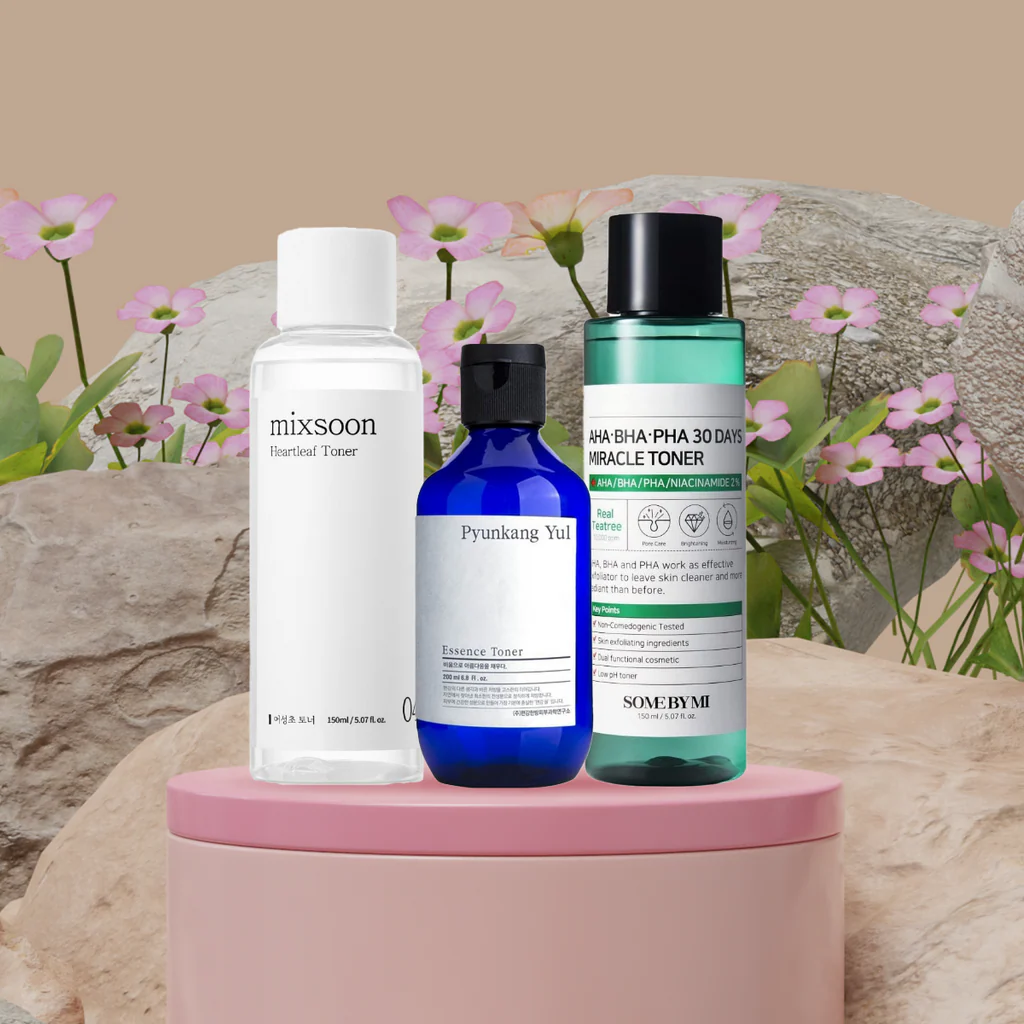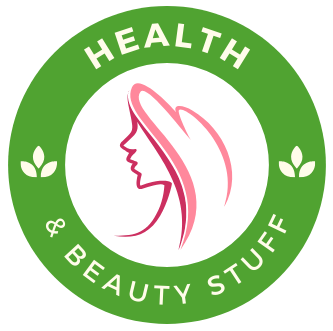If you’re curious about Korean skincare and want to explore products that can truly transform your routine, you’ll find a wide selection of authentic K-beauty products at Koreanbeauty.com. Among the many categories of Korean skincare, one product that often surprises newcomers is the toner—a staple step that works quite differently in Korean routines compared to traditional Western approaches.
What Is a Toner?

A toner is a liquid skincare product designed to be applied right after cleansing. Its primary role is to prepare the skin for the next steps in your routine, but how toners are formulated and used differs greatly depending on whether you look at Western or Korean skincare.
Western Toners: Astringents and Oil Control
In many Western skincare routines, toners have historically been associated with oil control and acne prevention. They often:
- Contain alcohol or astringent ingredients to tighten pores.
- Focus on removing leftover dirt or cleanser residue.
- Can sometimes leave the skin feeling tight or dry.
While modern Western skincare is moving toward more hydrating options, the reputation of toners as “extra cleansing steps” still remains.
Korean Toners: Hydration and Balance

Korean toners, on the other hand, are seen as a vital hydrating layer rather than just a cleansing aid. Instead of harsh alcohols, they are typically infused with:
- Soothing ingredients like centella asiatica, mugwort, or green tea.
- Hydrating agents such as hyaluronic acid, glycerin, or birch sap.
- Brightening components like rice extract or niacinamide.
The goal is not only to restore the skin’s pH after cleansing but also to deliver hydration, calm irritation, and prepare the skin to absorb serums and moisturizers more effectively.
The 7-Skin Method
One unique concept from K-beauty is the 7-skin method, where a toner (called “skin” in Korea) is layered multiple times to deeply hydrate without heaviness. This technique highlights the Korean philosophy of building hydration step by step, instead of relying on one heavy cream.
Key Differences Between Korean and Western Toners
- Purpose: Western = extra cleansing and oil control. Korean = hydration, soothing, and prepping.
- Texture: Western = watery, sometimes drying. Korean = watery to slightly viscous, with nourishing feel.
- Ingredients: Western = alcohols, witch hazel, acids. Korean = natural extracts, humectants, brightening agents.
- Usage: Western = once, swiped with a cotton pad. Korean = multiple layers, patted in with hands.
Why Korean Toners Are So Effective
Korean toners work with the skin, not against it. Instead of stripping oils, they help maintain the skin barrier while enhancing glow and softness. By delivering hydration in this early stage of skincare, they ensure that the following steps—serums, essences, creams—work more effectively.
Final Thoughts
If you’ve only tried Western toners in the past, experiencing a Korean toner can be eye-opening. Rather than leaving your skin tight, it feels plump, soothed, and refreshed. Incorporating a hydrating Korean toner into your skincare routine is one of the simplest yet most effective changes you can make.

Jean Smith is a fitness enthusiast and blogger who focuses on fitness and a healthy lifestyle. She is passionate about assisting people in living healthier lifestyles and is constantly on the lookout for new and creative methods to stay fit and healthy. Her articles are excellent resources for anyone interested in improving their health and fitness.
